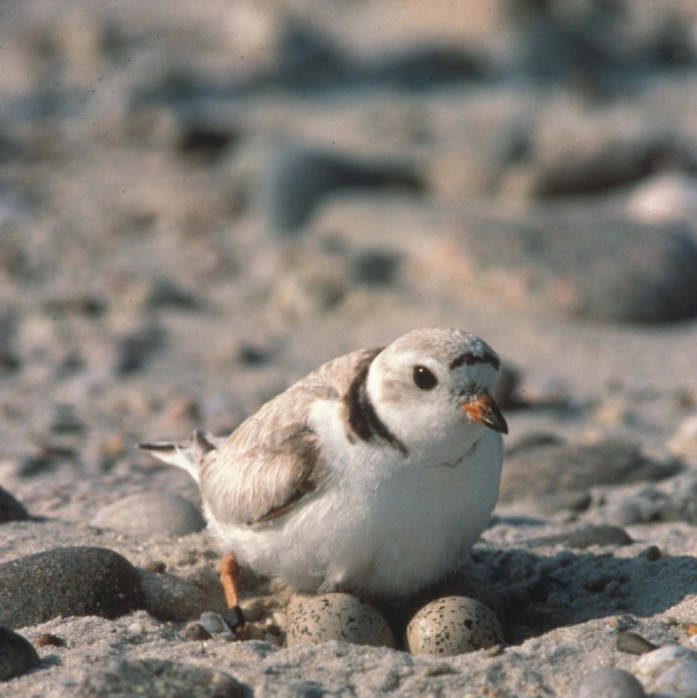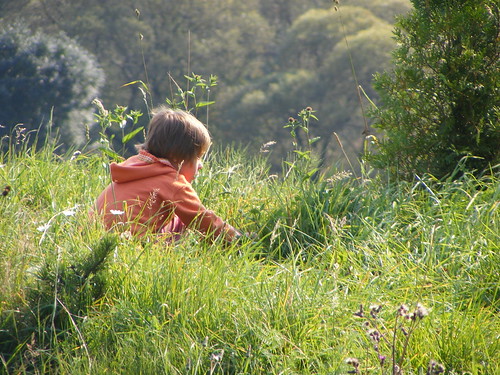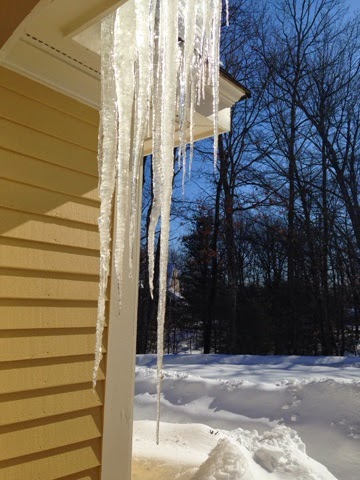 Birds
Birds
Five Outdoor Activities to Cure Spring Fever ~ Even…
Oh my! It was 19 degrees outside this morning. By the calendar, Spring arrived four days ago, but by the thermometer it certainly doesn’t feel that way outside! If you are desperate to get some quality outside time that does not require big effort, following is a list of easy activities designed get you and your families outside, even for just a few minutes.
- Look for signs of spring. We walked around the yard over the weekend looking for spring bulbs. Unfortunately, we couldn’t find any, because we have to much SNOW on the ground. Maybe you will be luckier than we were.
- Listen for and watch the birds. The birds are fully into their springtime activities. Watching them and listening to their chirps is enough to convince the toughest skeptics that spring really is here. Hearing them sing and watching them flit around on the branches really raised our spirits. You might even catch a few migrants passing through on their way back to their breeding grounds.
- Find a sunny spot and lie down. The sun will feel so good on your face! Just 10 minutes and you will believe the temps are in the 50’s.
- Go for a walk. Back to basics on this one. The warm afternoon sun will warm you up fast, even if the temps are hovering in the 20’s or 30’s.
- Watch the sunrise or sunset. Along with the longer days and the time of year comes the opportunity to enjoy the the beautiful colors of the sunrises and sunset and some amazing cloud formations.




